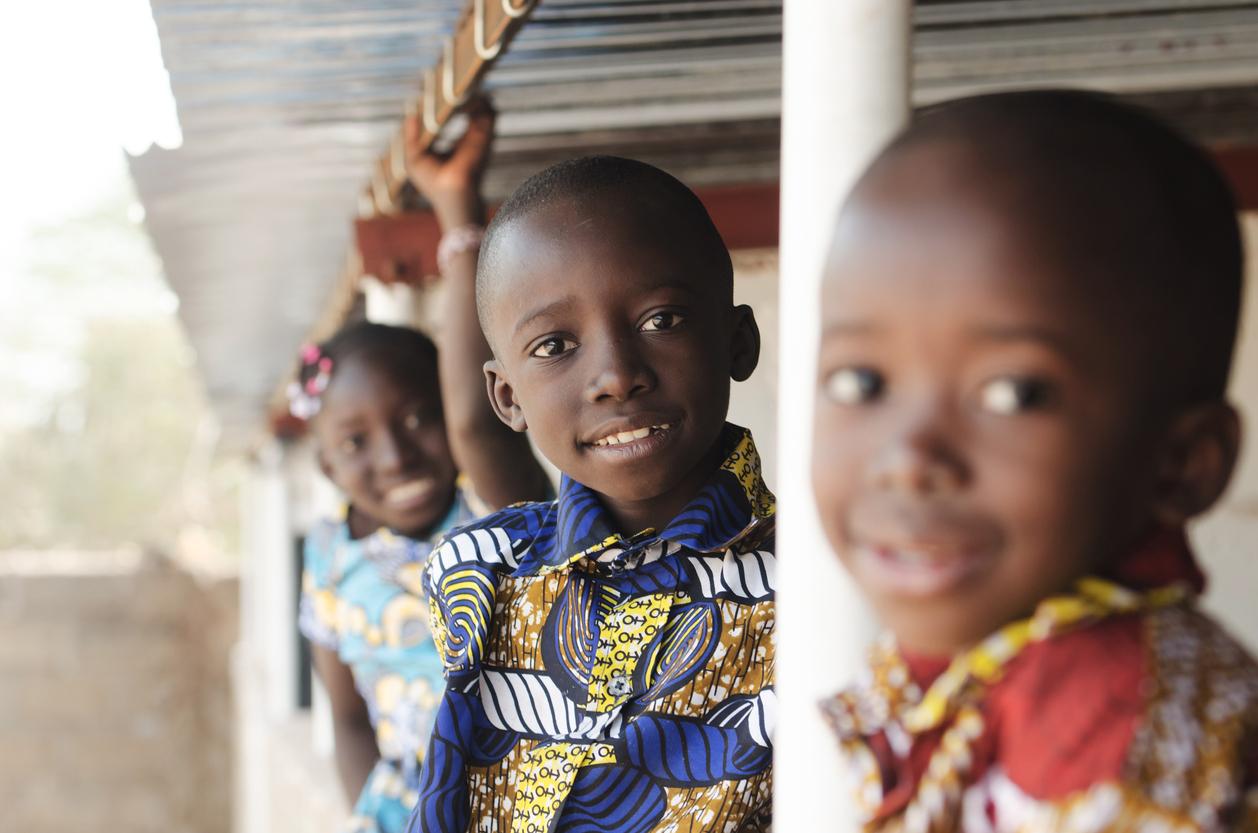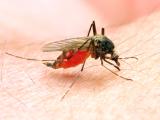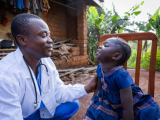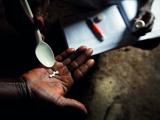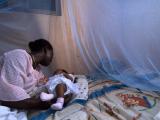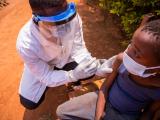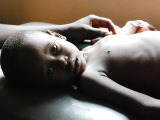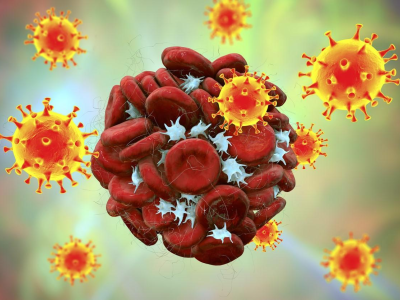A 22-year prospective cohort study today on children in Tanzania estimates that those who always slept beneath an insecticide-treated bed net starting at an early age survived into adulthood 40% more often than those who used nets less frequently.
In the study, published in the New England Journal of Medicine, researchers from the Swiss Tropical and Public Health Institute and the University of Basel in Switzerland followed 6,706 children born in 1 of 25 rural southern Tanzania villages, where malaria is endemic, from Jan 1, 1998, to Aug 30, 2000. Participants were enrolled until April 2003 and followed for, on average, 16 years.
Average age at enrollment was 12 months. Adult survival outcomes were confirmed in 2019 through community outreach and mobile phone calls.
91% of those who always used nets survived to adulthood
Over the study period, 424 children died. Risk of death peaked in the first year of life, fell rapidly until age 5, then remained relatively low, with a small increase at roughly 15 years. Of the participants who always used a treated net, 91% survived to adulthood, versus 80% of those who did not.
Number of deaths per 1,000 person-years was lowest among children with highly educated caregivers (4.4 per 1,000 person-years) and highest among children living more than 3 hours from a health facility (9.2) and those with missing education information (8.4) or income data (19.5).
Children whose caregivers reported that they used treated nets at half of early-life household or health system visits had a hazard ratio (HR) for death of 0.57 (95% confidence interval [CI], 0.45 to 0.72), relative to those who reported doing so at fewer visits. The corresponding HR between 5 years of age and adulthood was 0.93 (95% CI, 0.58 to 1.49).
Each 10-percentage-point increase in early-life use of treated nets was tied to a 10% lower risk of death (HR, 0.90; 95% CI, 0.86 to 0.93), conditional on a full set of caregiver and household variables and village fixed effects.
Children reported to have used treated nets during at least half the early-life visits had a 43% lower risk of death than those using them at less than half the visits (HR, 0.57; 95% CI, 0.45 to 0.72). Likewise, children who always slept under a net had a 46% lower risk of death than those who never did (HR, 0.54; 95% CI, 0.39 to 0.74). Among villages, each 10-percentage-point rise in the ownership of treated nets was linked with a 9% lower risk of death (HR, 0.91; 95% CI, 0.82 to 1.01).
More research needed on fighting insecticide-resistant mosquitoes
The researchers noted that mosquito-borne malaria is a major cause of illness and death around the world. More than 90% of the 409,000 malaria deaths in 2019 occurred in sub-Saharan Africa, and two-thirds occurred among children younger than 5 years old. Insecticide-treated nets have been central to malaria control since 2000. In 2019, 46% of people in sub-Saharan Africa at risk for malaria slept beneath treated nets.
"We have known for a long time that bed nets save young lives, but we never knew for sure how long the benefits persisted," study coauthor Salim Abdulla, MD, PhD, of the London School of Hygiene & Tropical Medicine (LSHTM), said in an LSHTM press release. "Our study shows that preventing malaria in early childhood has effects that last into adulthood," he said.
Last author Joanna Schellenberg, PhD, also of LSHTM, said that it is remarkable that the team was able to find information on nearly all the children after 20 years. "While our study shows the survival benefit of early-life malaria control persists until adulthood, it also reveals the potential of long-term community-based research," she said. "It’s a testament to the deep social connections the interviewers had in the study communities, as well as making the most of mobile phone coverage."
In a related editorial, Thomas Eisele, PhD, MPH, of the Tulane School of Public Health and Tropical Medicine, and independent consultant Laurence Slutsker, MD, MPH, called for continued investments to develop chemicals and technology to fight the growing threat of mosquito insecticide resistance.
"Potentially promising tools include attractive targeted sugar baits, as well as modified mosquitoes that have reduced survival, fertility, or ability to transmit the parasite," they wrote.
